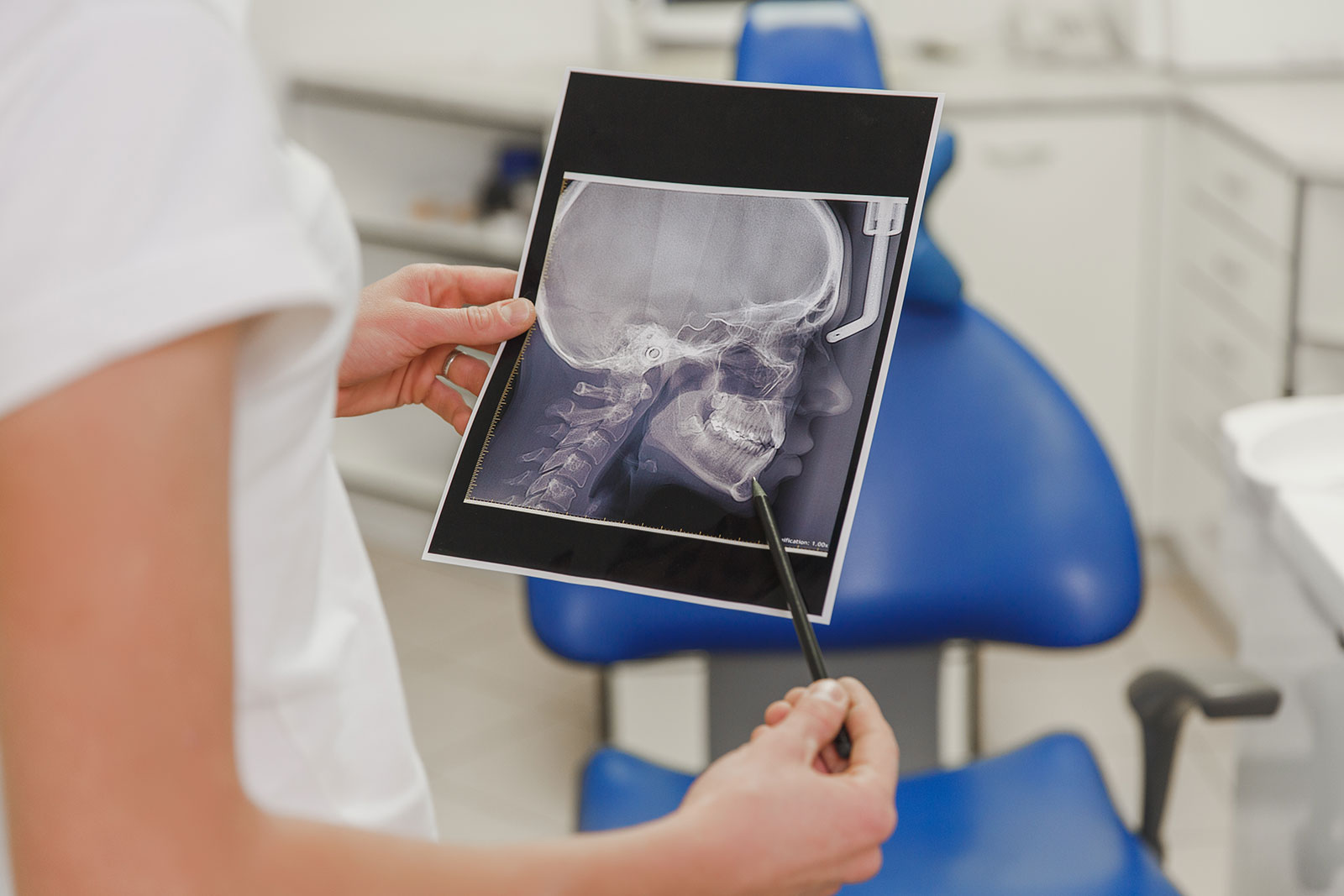- Kuşkavağı Mh. 563 Sk. No: 2C Konyaaltı/Antalya
- contact@esclinicturkey.com
Send Message


Jaw joint disorders can be defined as; chewing muscles in the mouth, jaw joint, part of the head and neck muscles, joints, teeth, cheek, lip and salivary glands are diseases that include problems that negatively affect the system. The number of patients admitted to dentists complaining of jaw joint discomfort is increasing every year. The reason for this increase is not because this disorder did not exist before, but because dentists and otolaryngologists can diagnose these disorders with increased levels of knowledge related to this issue. Symptoms of jaw joint disorders can actually be noticed very easily. There are many signs and symptoms of Jaw Joint Disorders. Some of these signs and symptoms include:
Pain in the front ear, jaw joint, face and neck muscles, as well as the temples
Feeling of pain and fatigue in the face,
Pain and fatigue while chewing or talking,
Difficulty in yawning and opening the mouth,
Click, click sound when opening and closing the mouth,
Restricted mouth opening or jaw locking,
Opening the jaw by sliding to one side,
Percentage swelling,
Pain in the teeth,
A normal feeling of non-closure in the teeth,
Pain in the ears,
Ringing in the ears,
Hearing problems in the ears,
Headache,
Pain and pressure around the eye,
Dizziness.
Pain in the chewing muscles occurs due to the fact that it works more than these other muscles in patients who have problems squeezing and creaking teeth. This condition can cause head and neck pain. Pain in the jaw joint, on the other hand, is caused by the fact that the hard and soft tissues in the jaw joint are different.
Jaw joint disorders can occur for many reasons, and the effect and symptoms of each disease are different. Sometimes more than one factor can trigger these diseases. It is possible to list these factors as follows:
Injuries to the jaw (accident, collision, sports injuries and falls),
Dental treatments that require a lot of opening of the mouth for a long time,
Excessive opening of the mouth during general anesthesia,
Activities such as tooth tightening and / or squeaking, lip biting, nail eating, chewing gum,
Abnormal relationship between lower and upper teeth.
It is important to diagnose jaw joint disorders that the dentist has the ability and knowledge to accurately evaluate these data and make a differential diagnosis. These diseases are usually examined within 30 minutes. After purchasing the necessary information from patients about health problems and oral diseases, the specialist dentist tries to make a diagnosis with a comprehensive examination involving the jaw joint and head and neck muscles. If necessary, MRI or other imaging methods can be used for diagnosis.
Copyright © 2021 ESClinic Excellent Smile Clinic Alondan
Last Update Date: 10.08.2023